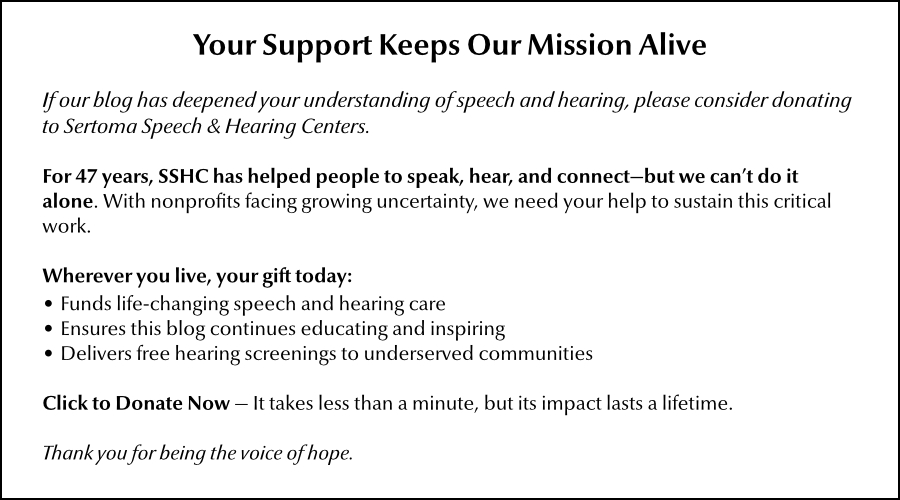Researchers at the University of Southern California Keck School of Medicine have learned how certain fish and lizards regenerate their hearing, a discovery that could change treatments for human hearing loss and balance disorders.
Why it matters
This discovery could revolutionize treatment for hearing loss by making it possible for humans to regenerate damaged inner ear hearing cells.
The big picture
The research zeroes in on two critical cell types in the inner ear: sensory cells that detect sound and supporting cells that create their environment. In regenerative species like zebrafish and lizards, supporting cells can transform into new sensory cells after injury—a capability mammals, including humans, lack.
 In the zebrafish inner ear, a cell type known as supporting cells (magenta) gives rise to new sensory hearing cells (blue). The study reveals a set of DNA control elements critical for supporting cells to regenerate hair cells after injury in zebrafish, lizards and other regenerative species.
In the zebrafish inner ear, a cell type known as supporting cells (magenta) gives rise to new sensory hearing cells (blue). The study reveals a set of DNA control elements critical for supporting cells to regenerate hair cells after injury in zebrafish, lizards and other regenerative species.
How it works
The scientists mapped out how particular genes turn on in the inner ears of zebrafish, green anole lizards (regenerative species), and mice (non-regenerative species).
They discovered a class of DNA "enhancers" that trigger the production of sensory cells. Using CRISPR gene editing, researchers deleted specific enhancers in zebrafish, demonstrating their crucial role in cell development and regeneration.
A closer look
The key difference between the species investigated lies in how the DNA enhancers are maintained.
- While mice have similar enhancers during their embryonic development, only regenerative species keep these enhancers in an "open" state throughout adulthood.
- The "open" state of the enhancers maintains their flexibility to replace damaged sensory cells.
The takeaway
Scientists are now closer to a breakthrough that could change millions of lives by solving the genetic mysteries of regenerative animals.
"Targeted strategies to open up these enhancers in the human inner ear could be used to boost our natural regenerative abilities and reverse deafness." —Gage Crump, PhD, Professor and Vice-Chair, Stem Cell Biology and Regenerative Medicine, USC Keck School of Medicine


